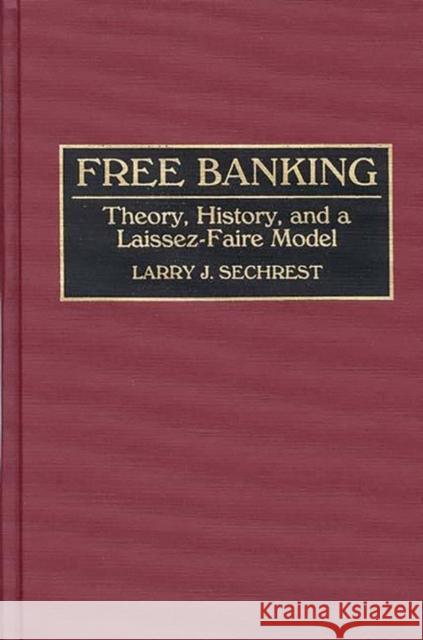Free Banking: Theory, History, and a Laissez-Faire Model » książka
Free Banking: Theory, History, and a Laissez-Faire Model
ISBN-13: 9780899308159 / Angielski / Twarda / 1993 / 224 str.
Free banking is a term that refers to the total deregulation of the banking industry. It signifies an absence of such constraints as reserve requirements, capital requirements, government deposit insurance, and limitations on branching. Above all, it means that private banks would be allowed to issue their own currency. This book takes a fresh approach to that controversial topic. Sechrest proposes that free banking constitutes the final vindication of Say's Law, that the optimal monetary goal, monetary equilibrium, can only be achieved under free banking, that the monetarist and Austrian business cycle theories are complementary, and that the most likely form of free banking will be that in which banks issue specie-convertible notes and hold fractional reserves.
After defining free banking the author explains why he adopts the well known White-Selgin model. He then discusses the key characteristics of laissez-faire banks, which form the basis for a formal model, complete with graphs, which may be used in the classroom. The unique relationship between the market for money and the market for time that exists under free banking suggests that business cycles will be minimized under such a regime. That relationship also leads to the insight that the Austrian and monetarist cycle theories are really two sides of the same coin. New evidence is presented that leads the author to the conclusion that both Lawrence White's portrayal of Scottish free banking and the traditional image of American free banking are exaggerated. Three different basic models of free banking are then reviewed in detail and critiqued. Finally, the author suggests both some possible topics for future research and that free banking is desirable socially and politically as well as economically.











